The Most Innovative Cars Ever Made
Check our list of the most innovative cars ever made.

Innovation is one of the most important factors in the automotive industry. Car brands need to keep evolving to stay ahead of the competition. Since the very first car, new concepts or technological advancements have allowed some car companies to have an edge over their rivals.
Throughout history, some cars were pioneers because of the styling, technologies, powertrain or even for changing the concept of what a car is. However, the consumers don't always embrace these changes, and some are lost in time. On the other hand, there are cars that set a new trend that can still be seen in today's cars.
Nowadays, people are mostly concerned about the global environment. Therefore, electric car numbers are increasing and fossil-fueled cars are disappearing.
On this list, we have selected the cars that made the most impact on the automotive industry.
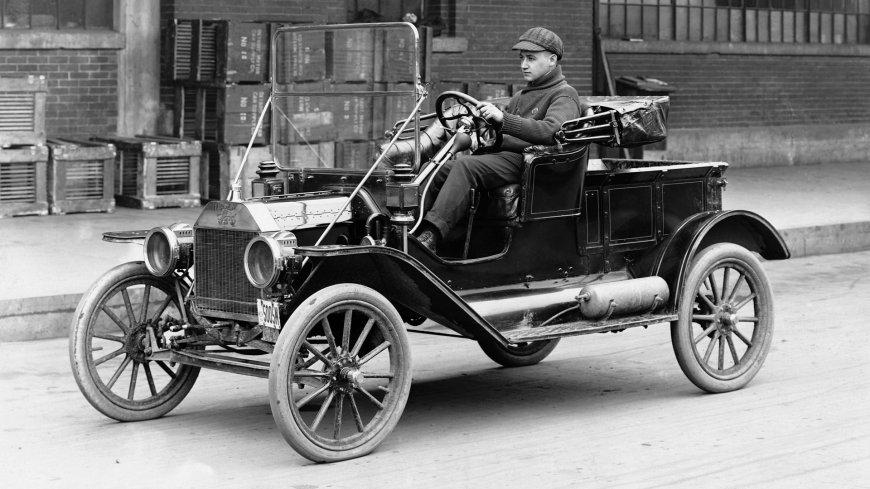
The Ford Model T was the first truly mass-produced car. It was the car that brought affordable motoring to the masses. The quick build times and efficient production line allowed the car to be sold at a reasonable price.

The Citroën DS was one of the most innovative cars of all time. It introduced many new technologies. The main features of this car were the hydraulically assisted suspension (Hydropneumatic), front-disc brakes and directional headlights for cornering visibility. This car also featured a fiber glass roof to lower the center of gravity, center lock wheels for faster wheel changing, power steering and a semi-automatic transmission.
Nonetheless, it was the advanced Citroën DS suspension that would stand out the most. Referred to as the "Magic carpet", the ride comfort was so good that Rolls-Royce used the system under license on their cars.
Citroën DS hydraulically assisted suspension
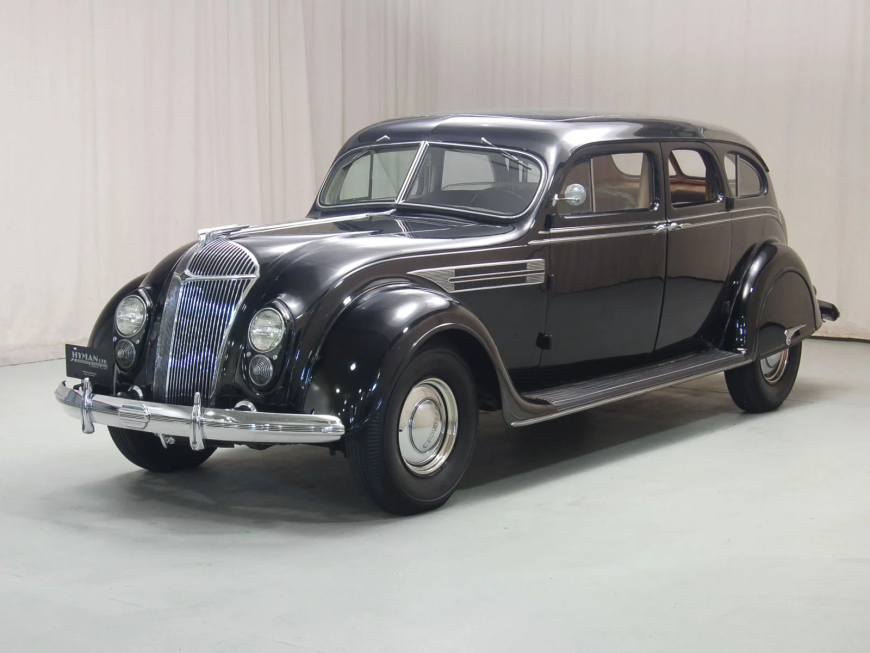
The Chrysler Airflow pioneered aerodynamics. It was the first car to be designed using wind tunnel testing. Chrysler wanted to create a car with a new shape that would make it more efficient, more comfortable and with a better power to weight ratio. This car also featured an unibody chassis construction that was new at the time. However, the car wasn't well-received by the public, because of the uncharacteristic body style.

The Mitsubishi 3000GT VR-4 introduced many new technologies. This car featured adaptive suspension, active aerodynamics on the front and rear wing, a vacuum-activated clutch, a rear differential lock and four-wheel-steering.

The Volkswagen Type 1 "Beetle" excelled because of the incredibly reliable engine and because it was cheap to maintain. It is also the longest-running and most manufactured car platform ever made. A total of 21,529,464 units were produced.

The Toyota Mirai is innovative because it is a significant advancement in hydrogen fuel cell technology. This car generates power for its electric motors by mixing hydrogen with oxygen and emits only harmless water vapor.
This technology addresses some of the challenges associated with electric vehicles, such as long refueling times and limited range. On the other hand, this technology is extremely expensive and there are few refueling locations.

The Willys MB, also known as “Jeep”, was the first mass-produced civilian four-by-four. Recognized for its toughness and versatility, this car set the norm for off-roaders like we know today.

The Aston Martin Lagonda is featured on this list because it was a pioneer in in-car technology. This car had a digital dashboard and touch-sensitive buttons. However, these didn't work very well and the software failed often. Nevertheless, this technology would only reappear three decades later.
Aston Martin Lagonda digital dashboard and touch-sensitive buttons
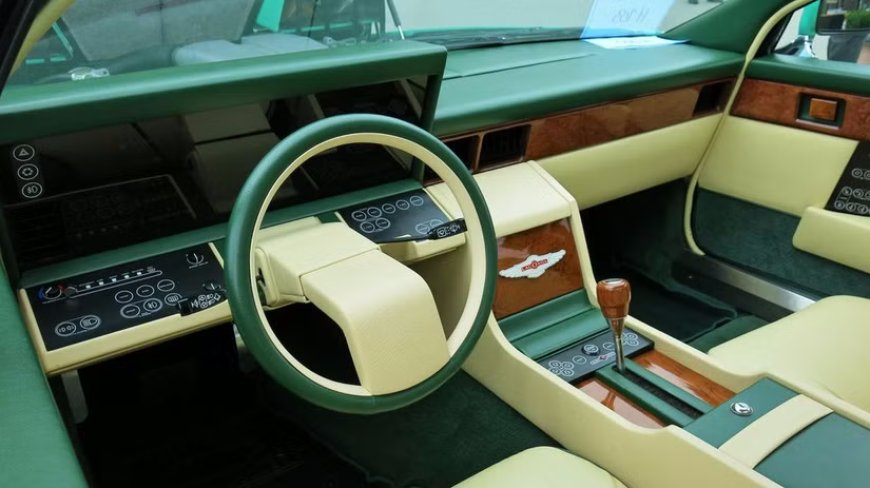
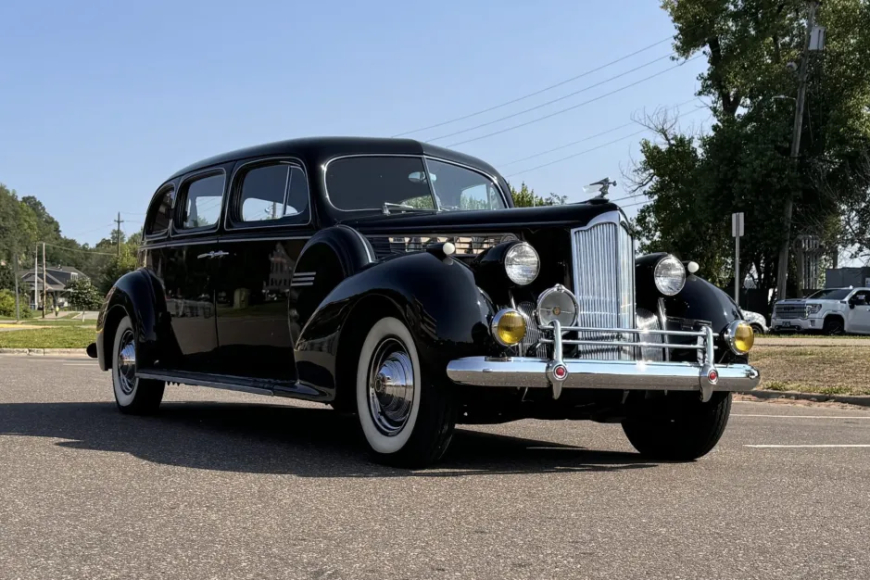
The Packard Custom Super Eight One-Eighty brought various interior comfort features to the automotive industry. It was the first stock car to offer air conditioning and power windows.
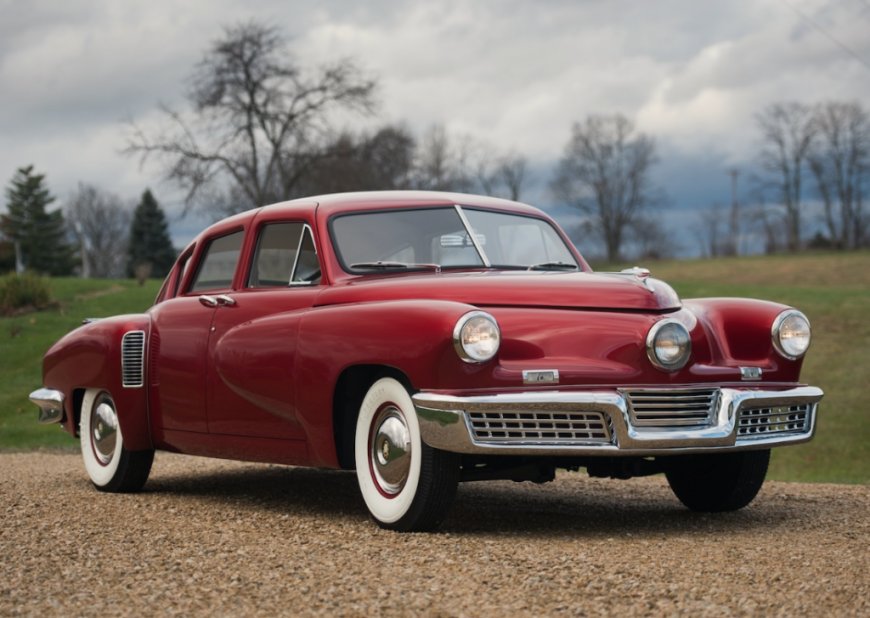
The Tucker 48 introduced many new features to the auto world. This car was equipped with seatbelts, a windscreen that would pop out in case of an accident, disc brakes in both the front and the rear, a third headlight in the middle that could rotate right and left to illuminate corners, four-wheel independent suspension and fuel injection. This car had what it takes to be successful. However, big American car brands - Chrysler, Ford, and GM - couldn’t afford to take risks on Tucker’s success, so they did what they could to stop him. Between a series of negative events, Tucker eventually declared bankruptcy.
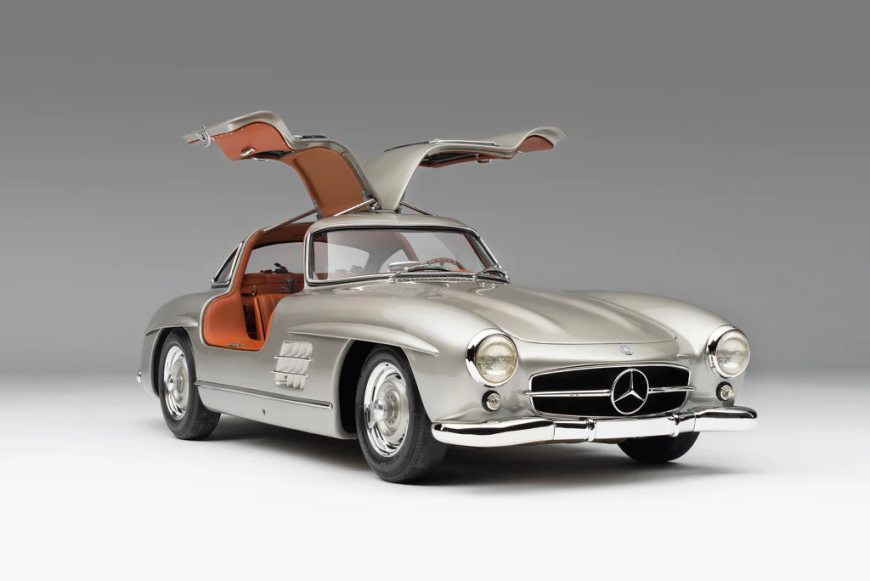
The Mercedes-Benz 300 SL was the fastest road car at the time it was made public. It was the first production car to feature a mechanical direct fuel injection. That, along with a lightweight steel tubular frame chassis and aluminum body panels, allowed it to do 0 to 60mph in 9.4s and reach a top speed of 262 km/h (163 mph). The 300 SL was also a very successful racing car, winning the European Rally Championship, the Sports Car Club of America Championship, the Targa Florio and the famous Mille Miglia at the hands of Stirling Moss. This car is considered to be the world's first supercar.
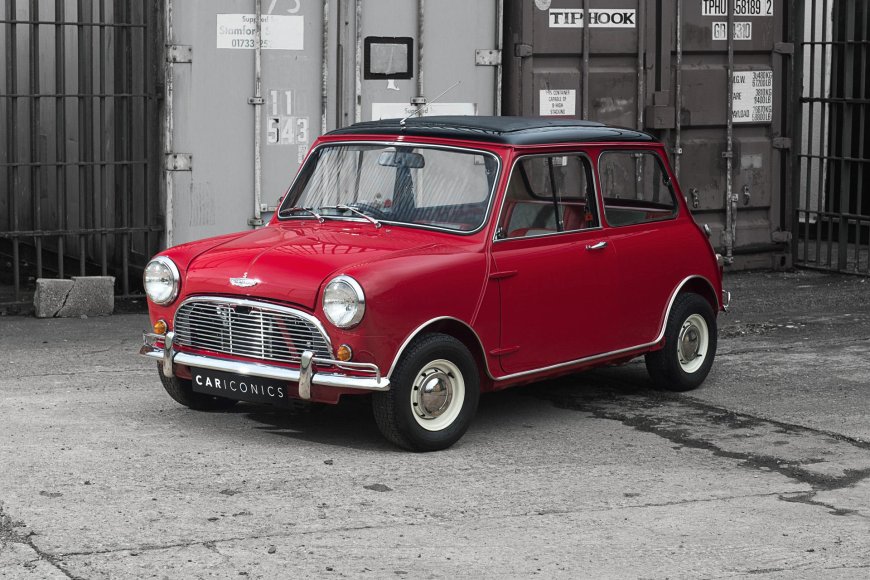
The Mini launched the way to the compact car design, followed by an entire generation of carmakers. Its transverse engine and front-wheel-drive layout, meant that the engine bay occupied little space, allowing to use most of the car floorpan as passenger room area.
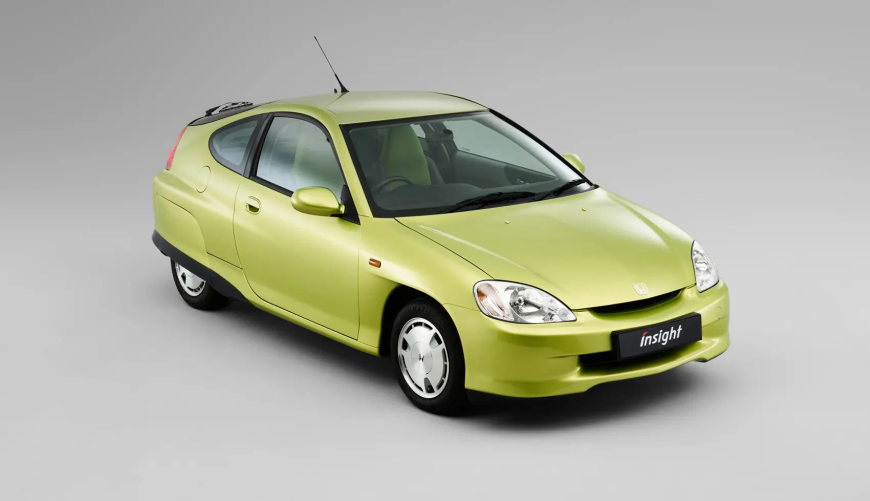
The Honda Insight was the first hybrid to go on sale in the United States. This car had a 1.0-liter 3-cylinder engine that produced 68 hp, combined with an electric motor that provided another 14 hp (10kw). By using an aluminum space frame, this car weighed only 838kg. Additionally, the Honda Insight was the most aerodynamically efficient production car ever made at the time. All these features combined, allowed it to do 3.4 l / 100 km (69mpg). The Honda Insight remained the most fuel-efficient combustion engine car until 2016.
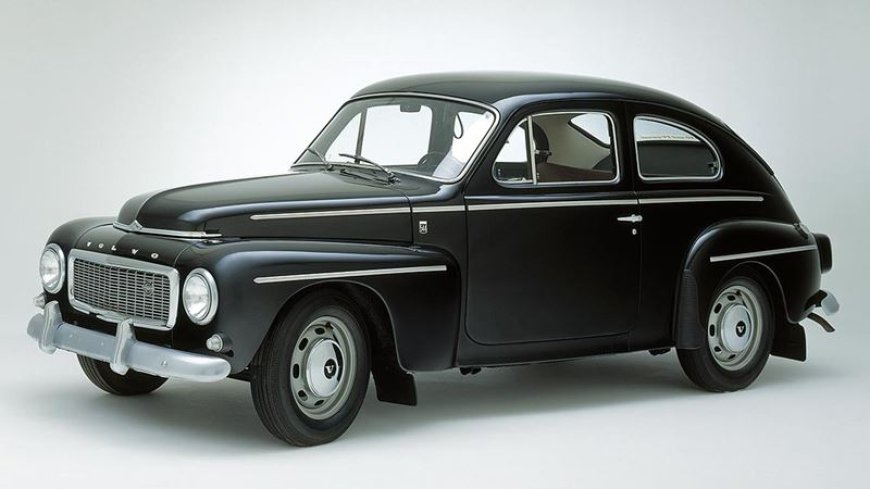
Volvo is regarded as one of the safest car manufacturers in the automotive industry. This is largely due to the Volvo PV544, the first car to feature a three-point seat belt. This innovation allowed for a more even impact force distribution and a more stable upper body protection.
Volvo PV544 three-point seat belt
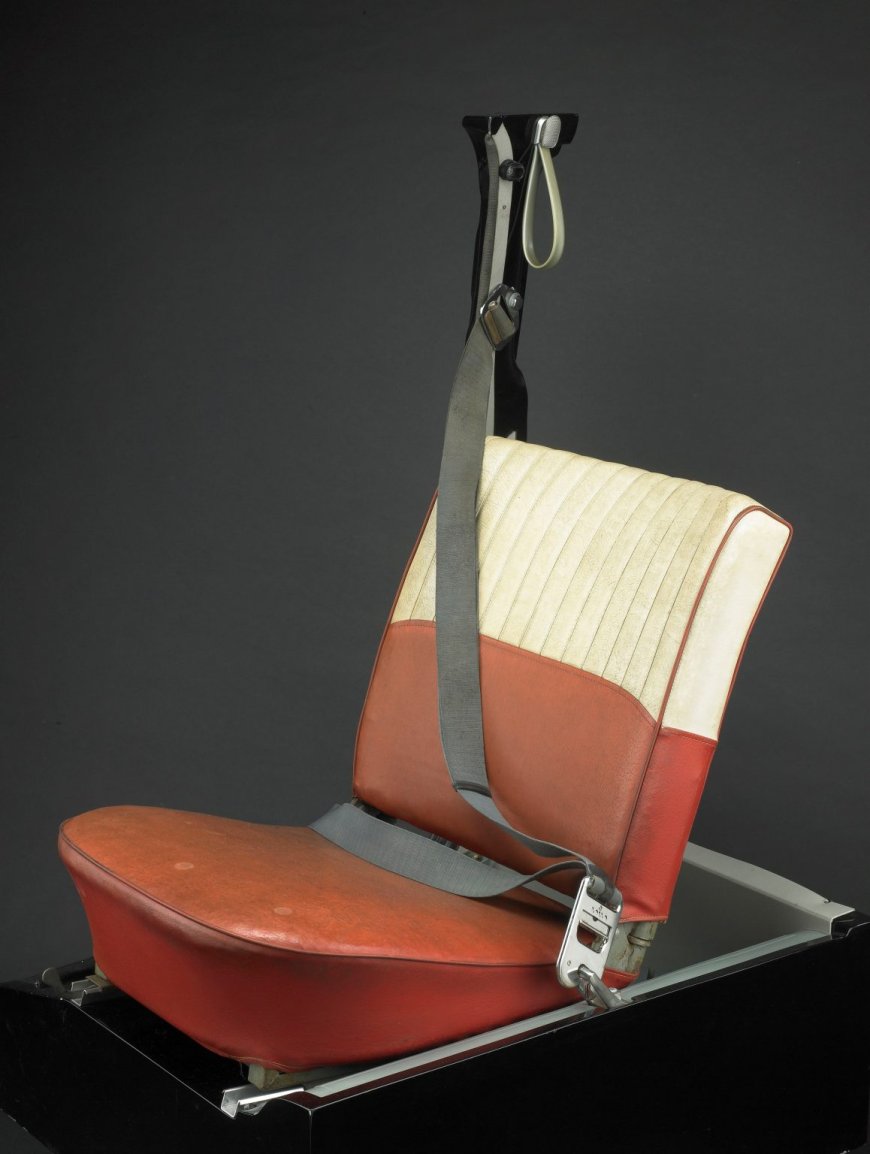
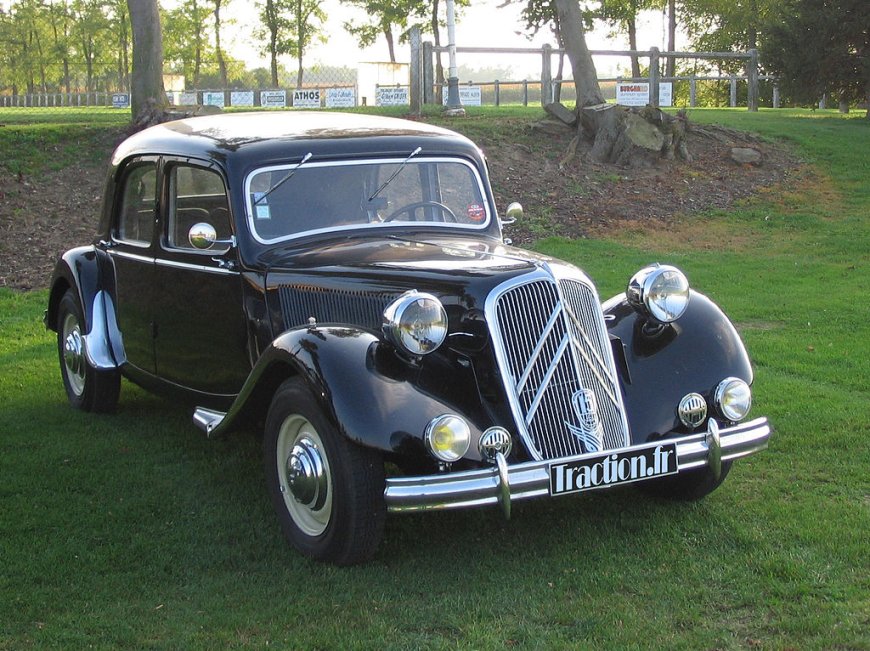
The Citroën Traction Avant, French for front-wheel drive, was the first front-wheel drive car to be largely sold. Thanks to its monocoque body, independent suspension, and rack and pinion steering, the Traction Avant had a superior ride quality and handling. More than 750,000 Citroën Traction Avants were made.
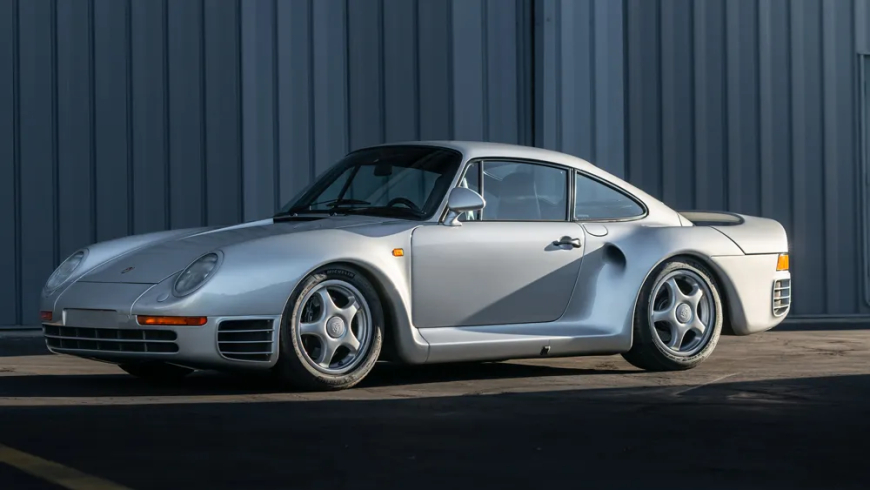
The Porsche 959 was the fastest street-legal production car when it was launched, with a top speed of 314 km/h (195 mph). This car introduced many innovative features, like: a complex four-wheel drive system, sequential turbocharging with one small turbocharger for low RPM's and one big turbocharger for high RPM's, titanium connecting rods, a ride height control system and an electronic tire pressure monitoring system. The 959 is regarded as the most technologically sophisticated road car ever made.
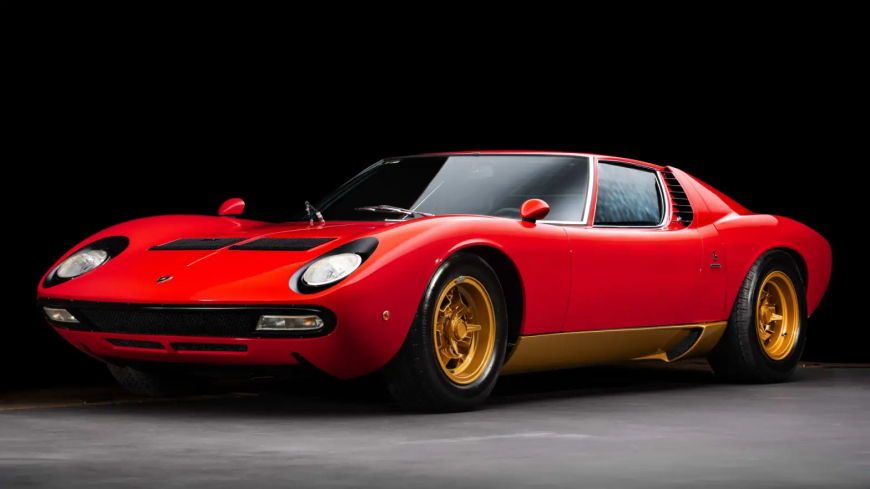
The Lamborghini Miura is the original mid-engine supercar. It was the first car equipped with the engine transversely mounted in the rear-mid layout. Its innovative appearance and engine layout, paved the way for the vast majority of supercars as we know today.

The Range Rover Classic was the basis for the luxury SUV category as we still see today. This car combined off-road capability with luxury, space and comfort. Since its inception, the Range Rover brand has become increasingly more exquisite and premium. Nowadays, even top brands like Ferrari, Lamborghini and Rolls-Royce have luxury SUVs, and it was the Range Rover who opened the way and created the format 50 years ago.
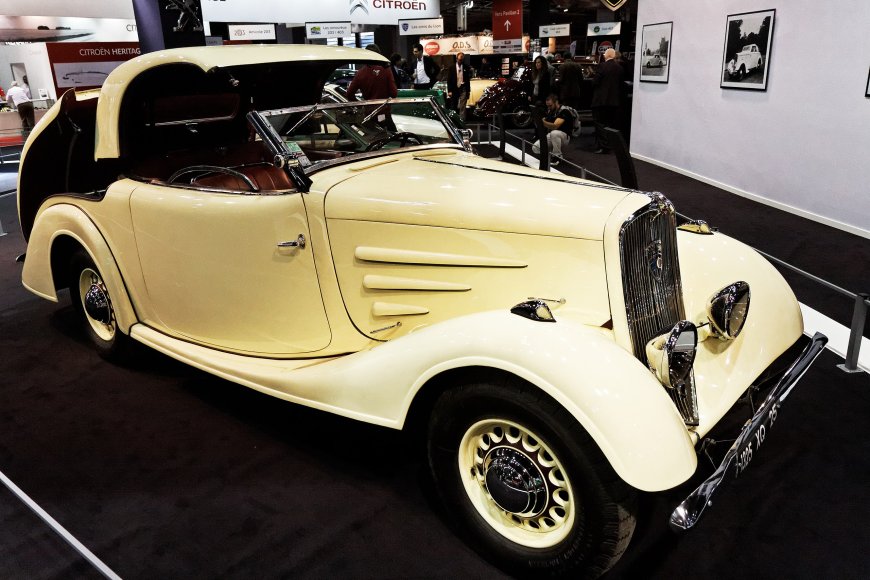
The Peugeot 401 Eclipse was the first production car with a retractable hard top roof. This innovation was the result of a collaboration between Peugeot and French coachbuilder Pourtout. The 401 Eclipse hard top roof would not only retract completely to underneath the bootlid, but the process was also fully electric. This concept was so groundbreaking that it would only reappear 22 years later on the 1957 Ford Galaxie Skyliner.
Peugeot 401 Eclipse electrically retractable hard top roof
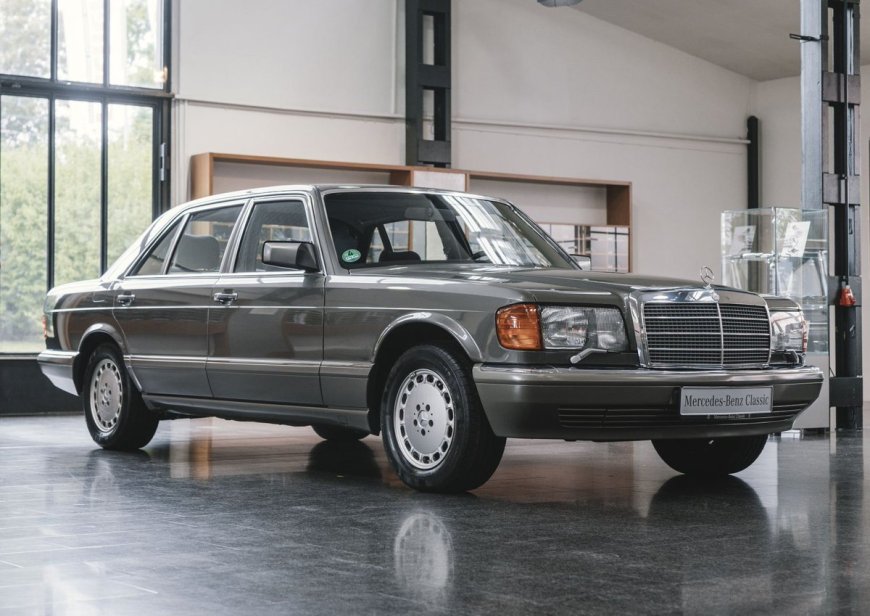
In 1981, Mercedes-Benz introduced various technological and safety systems on the S-Class. The car was built from high-strength low-alloy steel, it had anti-lock brakes, seatbelt pre-tensioners, crumple zones, traction control, and driver’s airbags. Until today, the Mercedes-Benz S-Class has been a showcase for technological advances and innovation.
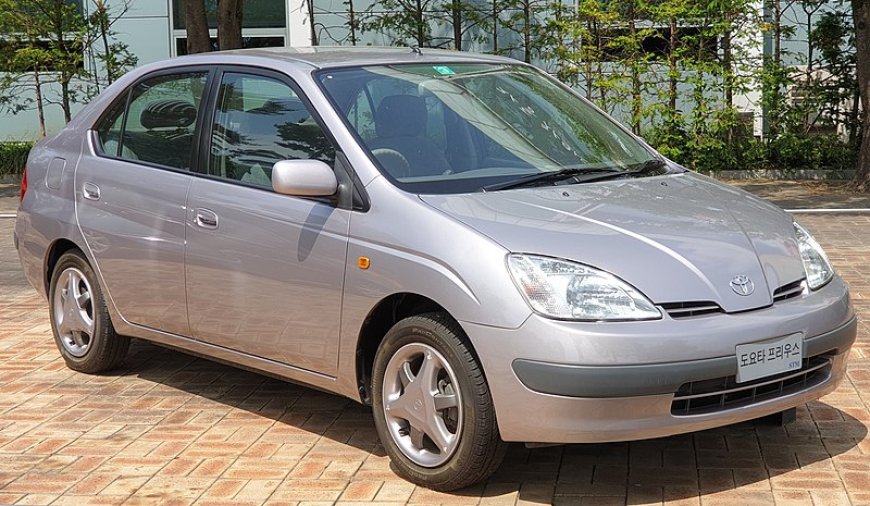
The Toyota Prius represents one of the most important advances in automotive technology. It was the world’s first modern gas-electric hybrid. The Prius was also the first mass-produced hybrid vehicle, with a global cumulative sales of 6.1 million units.
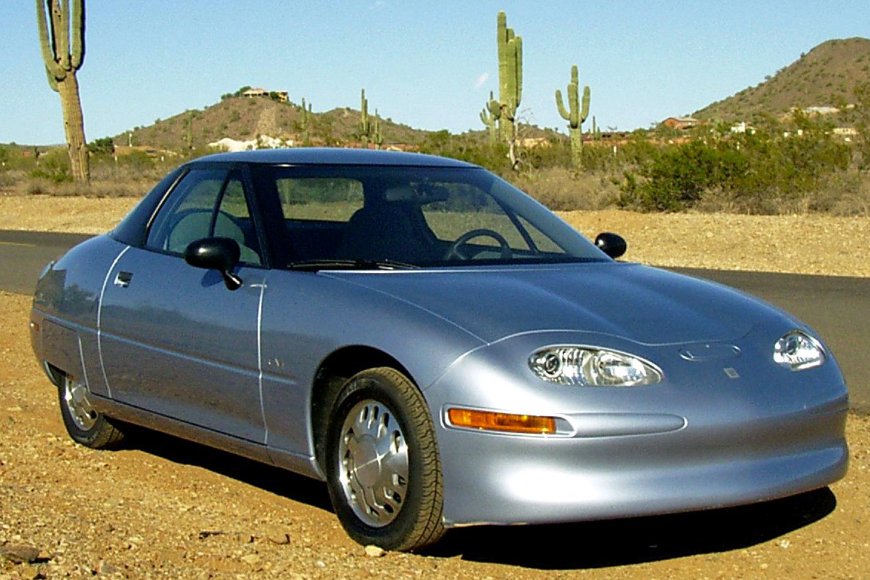
The General Motors EV1 was the first time an established automaker tried to market a fully electric car. However, battery technology was still at a very premature stage at the time, as the battery would only last about 60 miles. The EV1 was only available to the public on a $399 monthly lease, and only on the West Coast. After the contracts expired, GM would retract the cars and (literally) crush them.
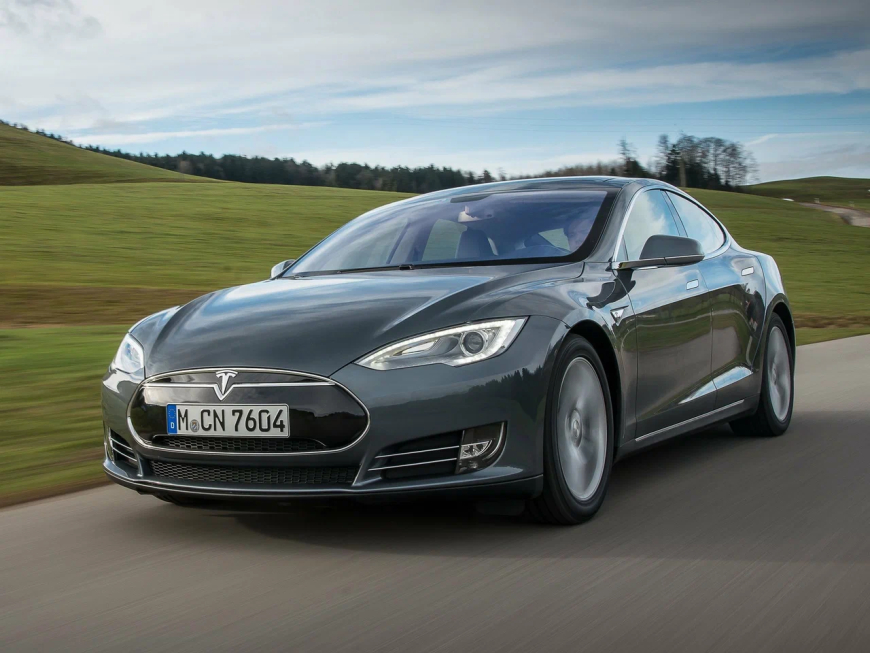
Even though the Tesla Model S was far from being the first electric car available to the public. It was the car that made battery-powered cars desirable. With such advanced technology and respectable performance figures, the Model S remains as one of the most significant and influential electric cars in the market.
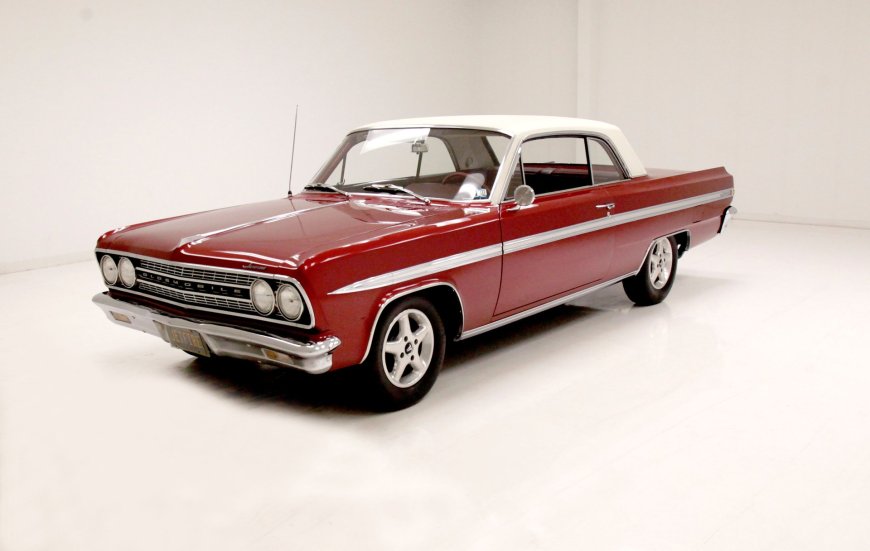
The Oldsmobile Jetfire was the first production car to use a turbocharger. The 3.5-liter v8 engine, assisted by a Garrett turbocharger, managed to produce 215 hp. In order to prevent preignition due to the hot air being compressed by the turbo, the engine relied on "Turbo Rocket Fluid", which was a mixture of distilled water, methanol and a corrosion inhibitor. Despite being innovative, the Jetfire faced many mechanical problems, mainly turbocharger related. In order to solve these problems, General Motors offered to remove the complex turbocharging and "Turbo Rocket Fluid" system and replace it with a four-barrel carburetor and standard intake and exhaust manifolds.
